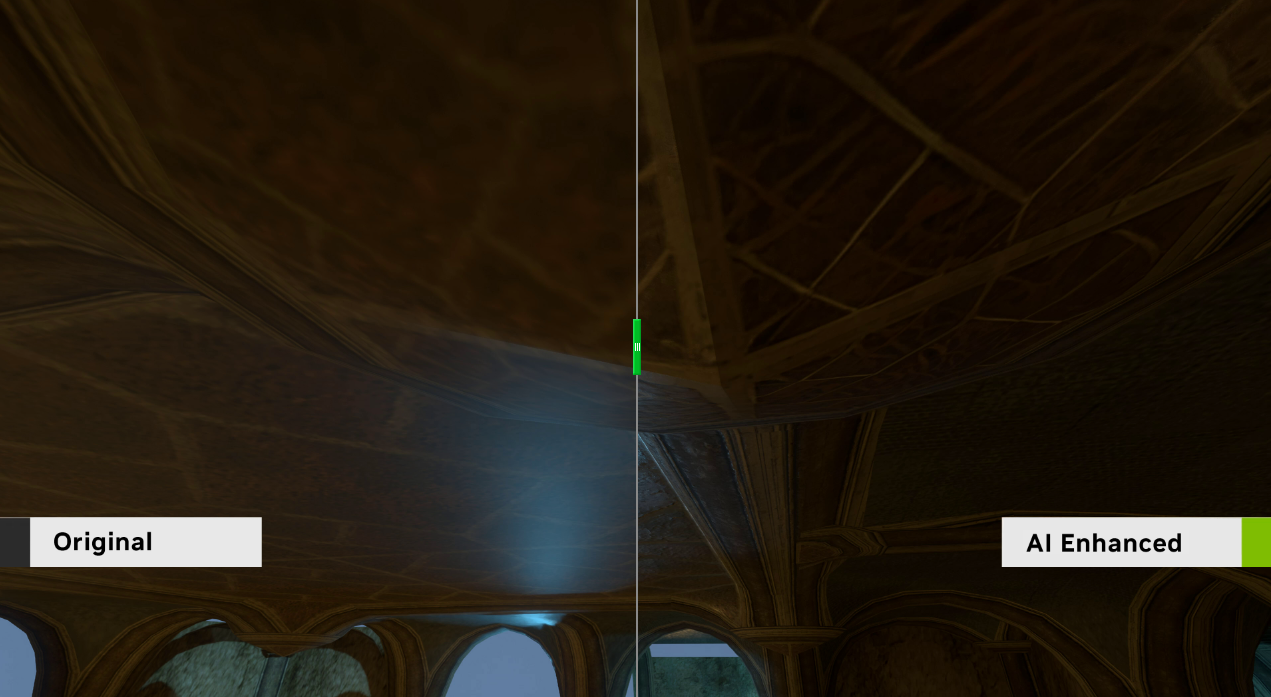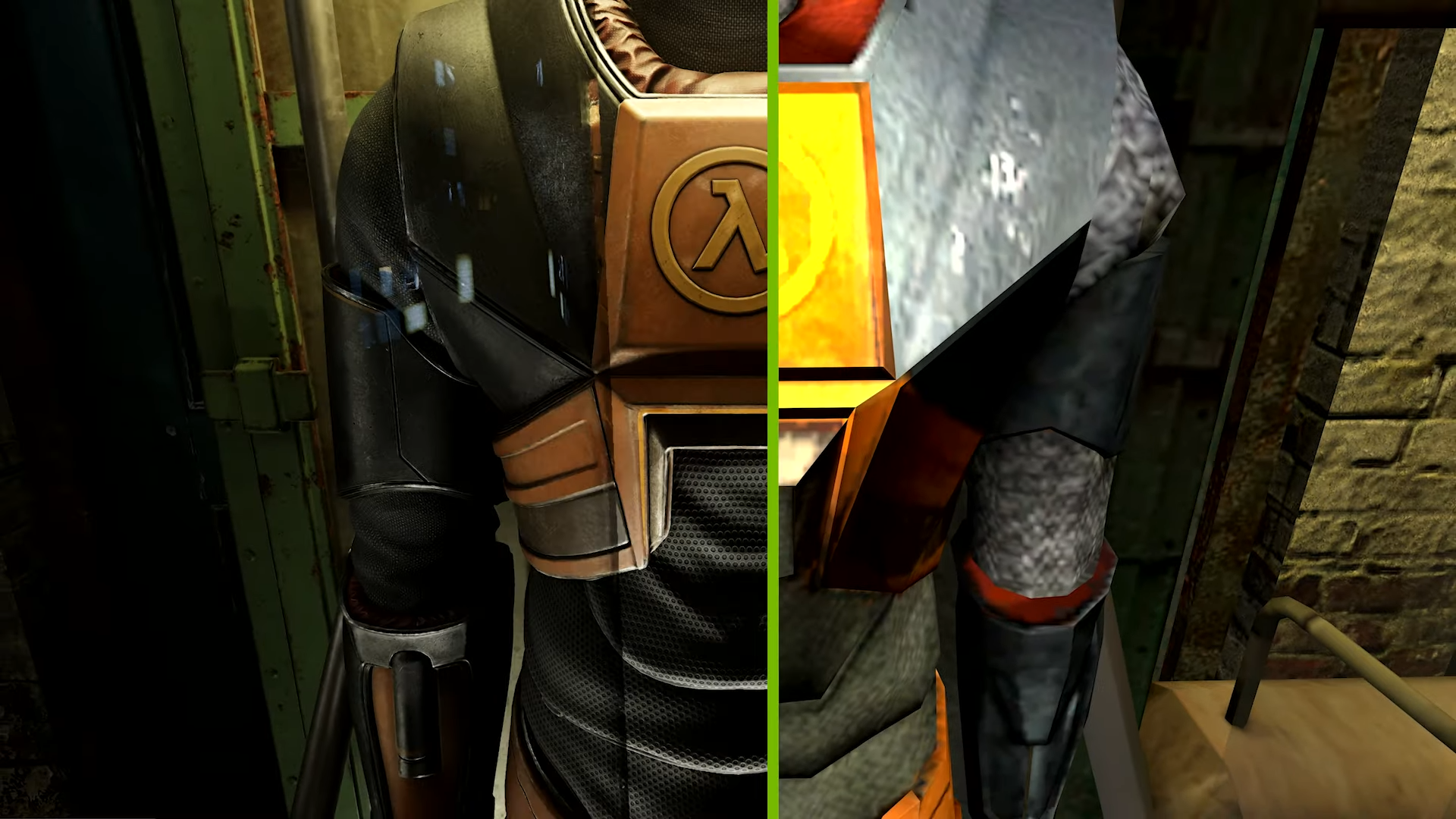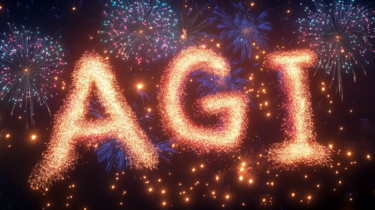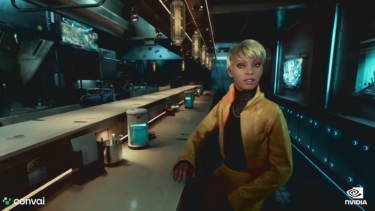Nvidia has launched the open beta of RTX Remix. The platform allows experienced modders to rework classic games, including using AI to improve textures.
RTX Remix utilizes AI in two ways: First, it uses Nvidia's AI-powered upscaling DLSS to ensure that the reworked games run smoothly despite the complex Path tracing light rendering.
Second, it uses generative AI to improve and enhance textures, a tedious task that traditionally takes a human weeks or months, depending on the game. The texture tool uses the tensor cores of GeForce RTX GPUs to analyze low-resolution textures and generate high-resolution textures that match the style of the game.

RTX Remix could mean that remasters can now be done by much smaller teams in much less time and with much better quality. This in turn could mean that there will be many more remasters in the future.
Nyle Usmani, Product Manager for RTX Remix at Nvidia, describes RTX Remix as a paradigm shift. With relatively little know-how, it is possible to create a "competent, beautiful, modern-day-looking remaster," says Usmani. According to Nvidia, implementing ray tracing is "relatively straightforward," but the tool is not a "one-button solution" for remastering classic games.
RTX Remix beta now available
The open beta of RTX Remix is now available. The tool is powered by Nvidia Omniverse and is part of the Nvidia Studio Tools Suite.
The platform consists of two components: an application for creating lights and adding remastered assets into a game scene, and a runtime for capturing classic game scenes and injecting the remastered assets back into the game at playback.
According to Nvidia, RTX Remix currently works best with DirectX 8 and 9 games with "fixed function" pipelines such as Call of Duty 2, Hitman 2: Silent Assassin, Garry's Mod, Freedom Fighters, Need for Speed Underground 2, and Vampire: The Masquerade - Bloodlines. The first major RTX remix project is the iconic Half-Life 2 boasting ray tracing.
According to Nvidia, game compatibility will be expanded with new features over time. It will also be improved by the community, which can contribute code on Github or send changes to Nvidia for integration into the main branch.





